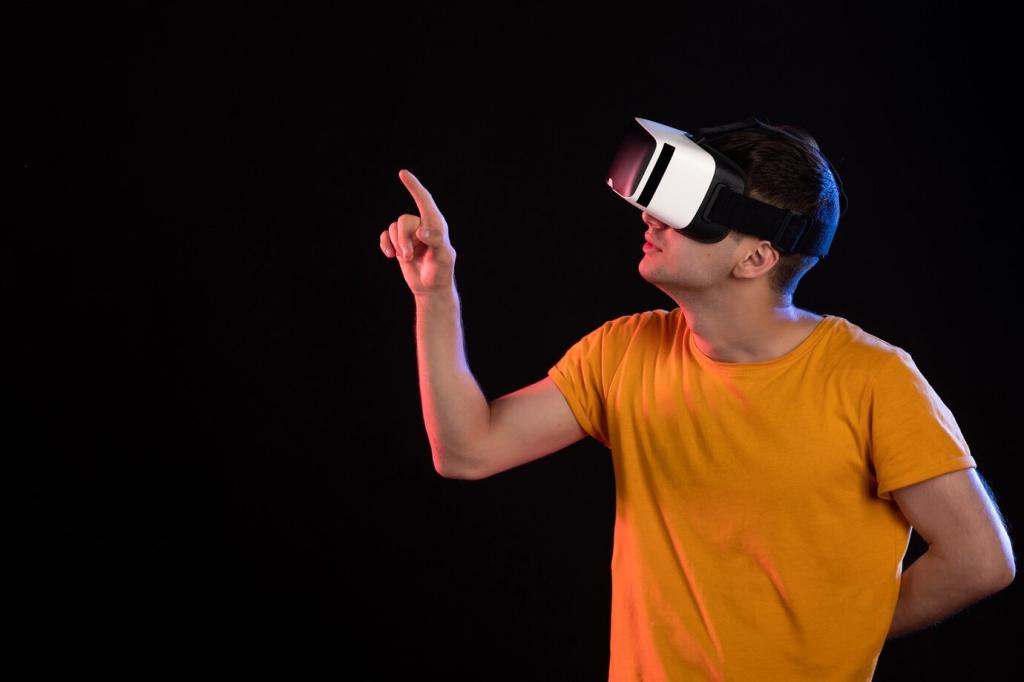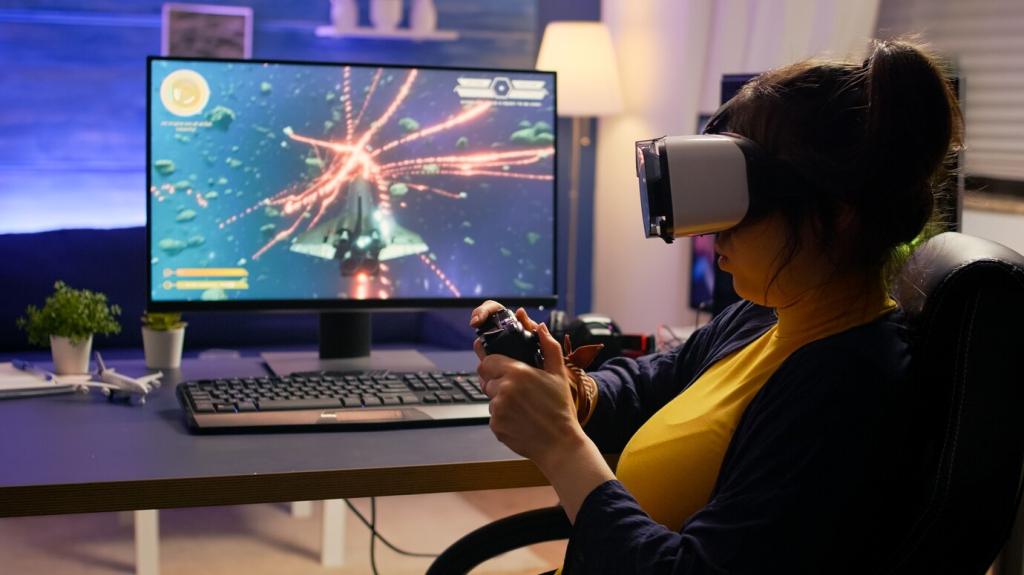
Revolutionizing STEM Education with VR
Virtual Reality (VR) has emerged as a groundbreaking technology with the potential to transform the landscape of STEM education. By offering immersive and interactive experiences, VR not only enhances engagement but also deepens understanding of complex scientific, technological, engineering, and mathematical concepts. As education evolves in the digital age, integrating VR into STEM curriculums fosters innovation, inspires curiosity, and prepares students for a rapidly changing technological world. This approach bridges the gap between theory and practice, giving learners the tools they need to succeed and innovate in their future careers.
Immersive Learning Environments
Through real-world simulations, students interact with scientific phenomena, engineering projects, and complex mathematical models in ways that textbooks cannot provide. VR makes abstract concepts tangible, allowing learners to experiment with variables, witness outcomes, and investigate scenarios without any risks. The result is a deeper understanding and an ability to apply theoretical knowledge in practical contexts, thereby shaping more confident and skilled future professionals.
Previous
Next

Guided Exploration and Mentorship
With VR tools, educators become mentors who guide students through complex STEM landscapes, offering personalized support and insight as learners navigate challenges. Instead of simply delivering information, teachers encourage critical thinking and independent inquiry, prompting students to ask questions and test hypotheses in virtual worlds. This mentorship cultivates a deeper level of engagement and intrinsic motivation for STEM learning.
Facilitating Interactive Assessments
Assessment methods in STEM education are reimagined through VR, with interactive evaluations that closely mirror real-world problem-solving. Teachers can observe how students apply concepts in immersive scenarios, offering immediate feedback and tailored support. These assessments provide a more accurate understanding of student capabilities while allowing learners to demonstrate their skills in authentic and meaningful ways.
